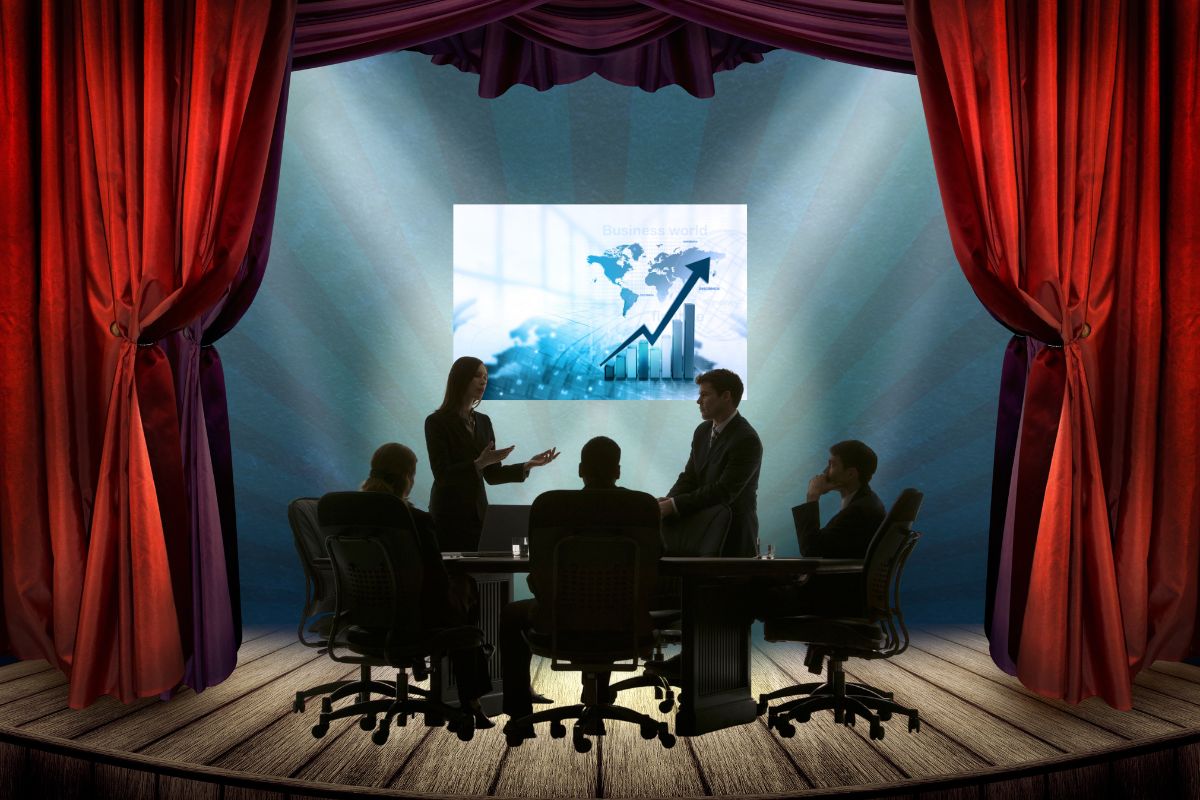Robert, a large, muscular man in his sixties, arrived for a routine checkup at his dentist’s office in downtown Toronto. Robert had always preferred an 8:00 a.m. appointment and was never late. And he always looked healthy and full of energy when he walked into the waiting room and greeted Donna, the office’s longtime receptionist.
But when Donna saw him that morning, something didn’t feel right to her. His face was red, and he was sweating. She sat him down and asked if he was okay. “Yeah, I’m fine,” he told her. “I just didn’t sleep well. I had indigestion. And my back hurts a little.” He had looked up his symptoms online, but he didn’t want to bother his doctor.
It sounded innocent enough, but Donna had a strange feeling that something was amiss. Though the dentist, Dr. Richard Speers, was in the middle of performing a procedure on another patient, she went in to see him. “Dick, Robert is here, and something just doesn’t feel right to me. Can you come out and take a look at him?”
“I’m really busy right now,” Speers replied.
“I really think you should see him,” Donna insisted. “Something isn’t right.”
– From Meltdown, by András Tilcsik and I (Penguin Press 2018)
“Something isn’t right.”
That phrase saved Robert’s life that day, but what if the work culture at the dental practice had been different?
What would have happened if Dr. Speers had continued to ignore Donna on the basis of her being a receptionist rather than a medical professional? What if Donna had second-guessed herself when Dr. Speers told her how busy he was? What if Donna felt too psychologically unsafe at work to mention her concerns at all?
And what can we learn from this as we think about our own businesses?
Today I’m going to talk about working flat, an approach to leadership that will help you create an empowered, cohesive team that drives better results with less stress and burden on you. As a result, you’ll be able to lead with less frustration and move forward with ease.
I’ve seen how transformative this approach has been for both big teams at global companies and functional leaders at professional services firms.
What is Working Flat?
Working flat is the concept of structuring a team with as little hierarchy as possible to promote psychological safety, open communication among all team members, and transparency regarding decisions, experiments, and errors. Working flat calls on the team to collaborate and remain engaged in their process so they can do their best work.
This isn’t a call for anarchy, there are still chief decision-makers in a flat system, they are just more accessible to the rest of the team and more open to advice and suggestions from people involved in all parts of a process.
Working flat tills the soil so that good ideas can emerge and take root.
The imperative to work flat on complex problems is based on the notion that a great deal of knowledge and experience are distributed through a team. You never know where the next good idea will come from. Beyond that, working flat is about the belief that complex problems are too wicked and fast-moving to be solved by siloed expertise.
Modern leadership involves a shift toward co-creation and away from bringing individual solutions. This is important because it can help us “take the pressure off” and re-frame our work as creating the context for success rather than needing to do everything ourselves.
Flattening Your System
If you’re reading this and recognizing the need to adopt more flat practices in your business, here are a few easy ways to start shifting:
Provide rich context—Listening to the perspectives of your team members and sharing your perspective with them are crucial elements of getting them to buy into your plans. As organizations scale, it becomes harder to assure that information is being effectively cascaded across departments and teams. Sharing your context makes it easier to work with resistance and enroll others in your vision. Be transparent with your teams; make sure they understand the goals of the organization and what is being asked of them. If there is a big change being implemented and it is being met with resistance, take note of what your people are concerned about and why they are concerned, then address those concerns.
Have your team go to the work—Going to the Genba, also known as “Management By Flying Around,” is a practice used by Toyota and other companies to keep leaders aware of the differences between how they imagine the work and how it actually gets done. It means going to the places where the dirty work happens, walking around and observing what’s going on, listening to what people are talking about, and building relationships with other teams.
Get on the same page—Learn which objectives are most important to your boss. Ask them: “What are your objectives here?” or “What are you hoping to get from the projects that are on our team’s plate? Find out what your boss cares about so you can get on the same page.
Ask questions instead of giving answers—People will come to you for answers and it will be tempting to try to give them one, even if you aren’t really sure what to do yet. Resist the urge to come up with an answer for them. Instead, ask questions. Be curious and open-ended; make it safe to experiment.
Don’t require bravery for people to speak up—Creating a psychologically safe team that feels comfortable sharing their thoughts with upper management takes a lot of work, but it can really pay off in the long run. Organizations that cultivate a culture of curiosity are more likely to have team members who are willing to say something when they notice a problem, make a mistake, or think of a better way of doing things.
That said, there’s no need to rush your teams into uncomfortable conflicts. Working flat is a shift. Don’t start by requiring junior members to challenge senior people or old dogma. Demonstrate the kind of culture you want to see. Start building trust and demonstrating your own vulnerability by admitting you don’t know the answers either, and by asking open-ended questions that make others feel safe to share.
What Became of Robert?
Dr. Speers’s office represents a way of working flat—Speers had always trained his staff to speak up and share when something didn’t feel right. When Donna noticed something was off with Robert, she not only felt safe to go directly to her boss with her concerns but also (despite her initial concern being dismissed), she still knew she was safe to insist that something wasn’t right and needed to be addressed immediately.
Confronted with Donna’s concerns, Dr. Speers stopped the procedure he was working on and turned his attention to Robert.
After only a few questions, Speers had a good guess as to what was going on: Robert was in the middle of a serious heart attack. Speers sent him directly to the cardiac center of Toronto General Hospital, where he had an emergency triple-bypass surgery that saved his life.
How about that?! Working flat saved a life!
Does a cohesive, empowered, results-oriented team feel constantly out of your reach? Book a free 30-minute call with me to learn how to start creating the team you know you can have.
I love connecting with leaders, so the call is completely free. On the call, we’ll discuss the context driving your work and your goals for your team, and I’ll provide some strategies to help support you to drive results that make a positive impact on your business.
From the challenge of driving change at scale and tackling complex problems with teams that are constantly waiting for you to find solutions to the importance of creating psychological safety to empower teams that actually drive results, this call is designed to help you forge a more impactful leadership system.
I’d love to hear from you—you can book your call with me here.





